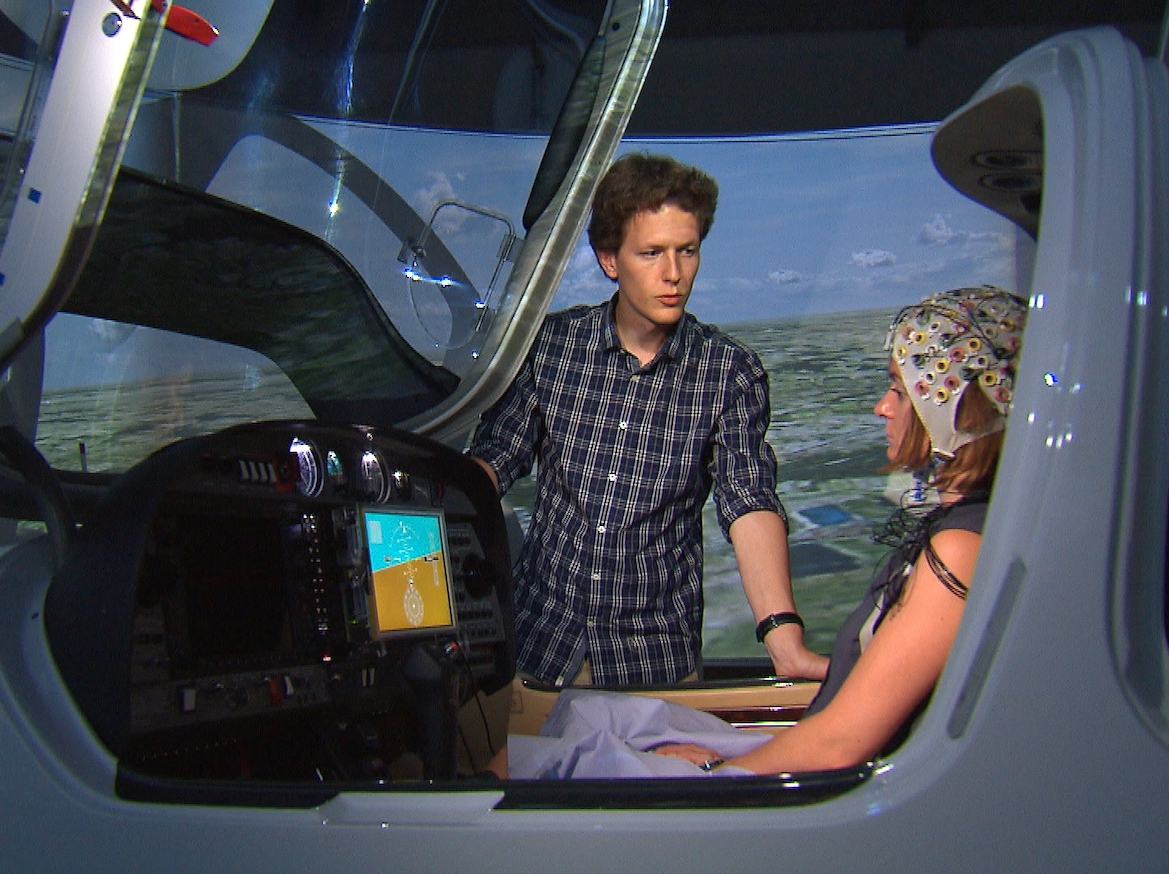SCIENCES OF THE 21ST CENTURY – HUMAN INTERFACES

Discover with us the future of implants. "Human interfaces" are devices that can be linked to human sensory organs and thus achieve some astonishing results.
Almost one in ten people live with a disability. For centuries, craftspeople, engineers and scientists have developed aids to make life easier for the disabled. Modern technologies are bringing hearing to the deaf and sight to the blind. And sophisticated prostheses are making everyday life a little easier for people without limbs. So-called "human interfaces" are technologies that in one form or another can be linked to human sensory organs. The cochlear implant, for example, captures noises, like a hearing aid, converts these into micro-electric impulses and thus directly stimulates the hearing nerve. With the retinal implant, a vision chip stimulates the optic nerve, and modern prostheses have electrodes that measure the micro-electric impulses of remaining muscle strands and convert these into movements. Now, scientists are developing the next generation of human interfaces. At the Technische Universität München, for example, engineers are controlling an aeroplane in a simulator using thoughts, by measuring the brainwaves of a test subject. In future, it should therefore be possible for completely paralysed persons to operate an electric wheelchair on their own.